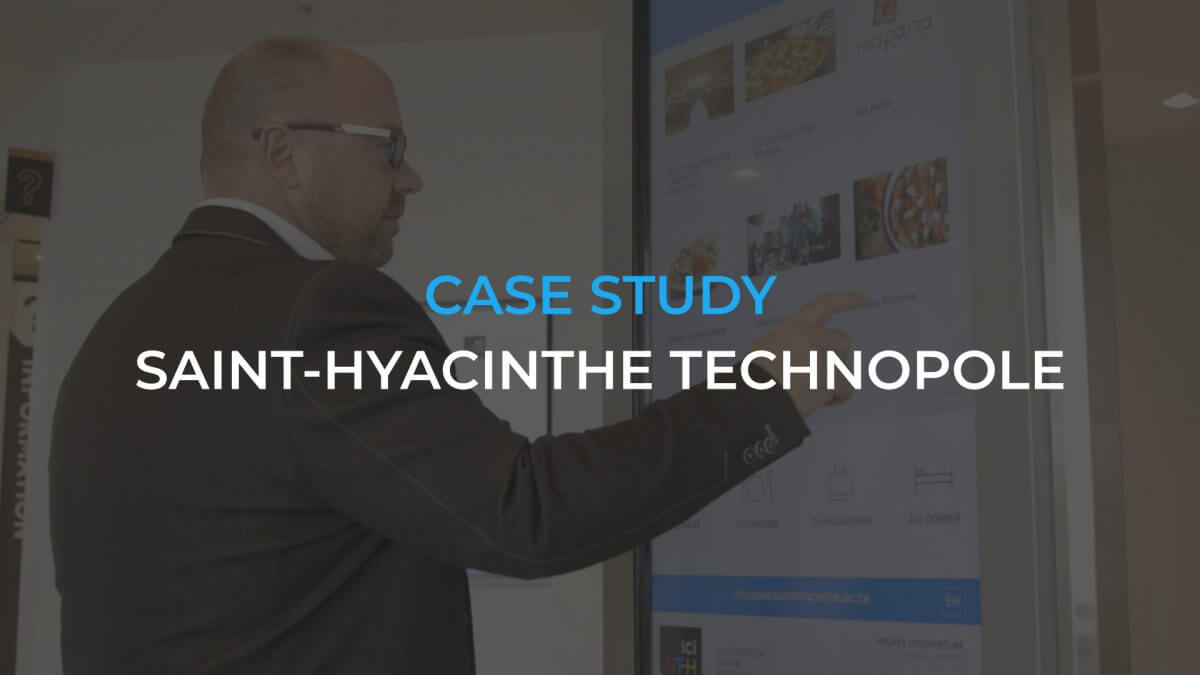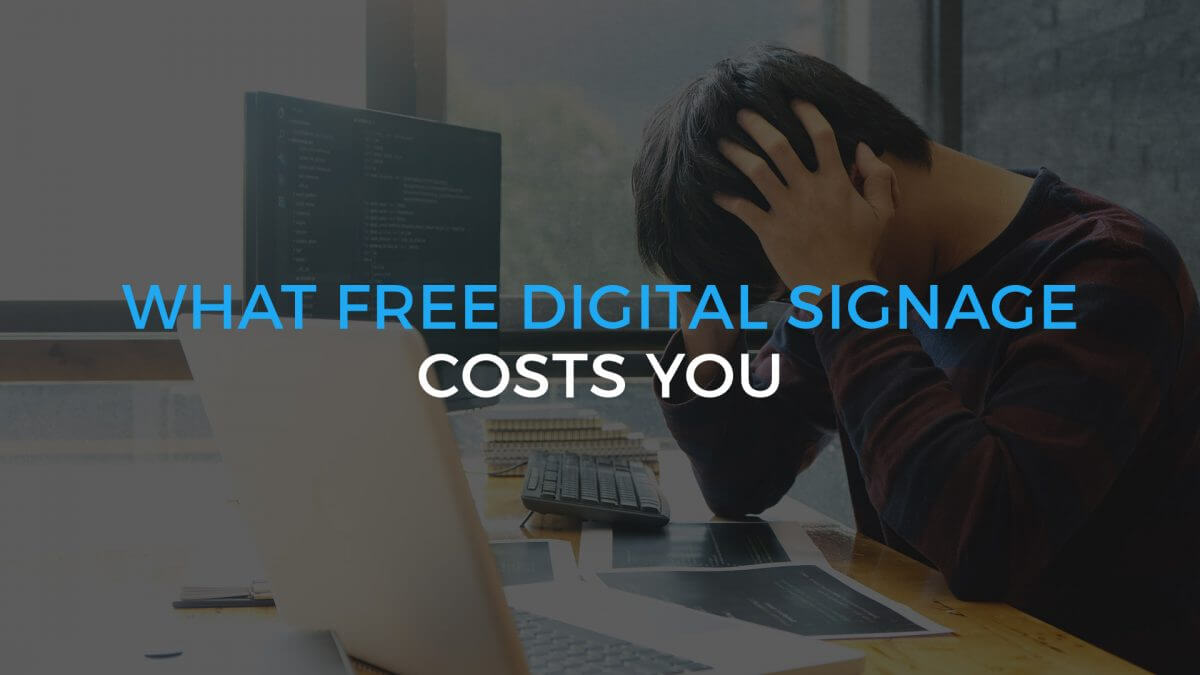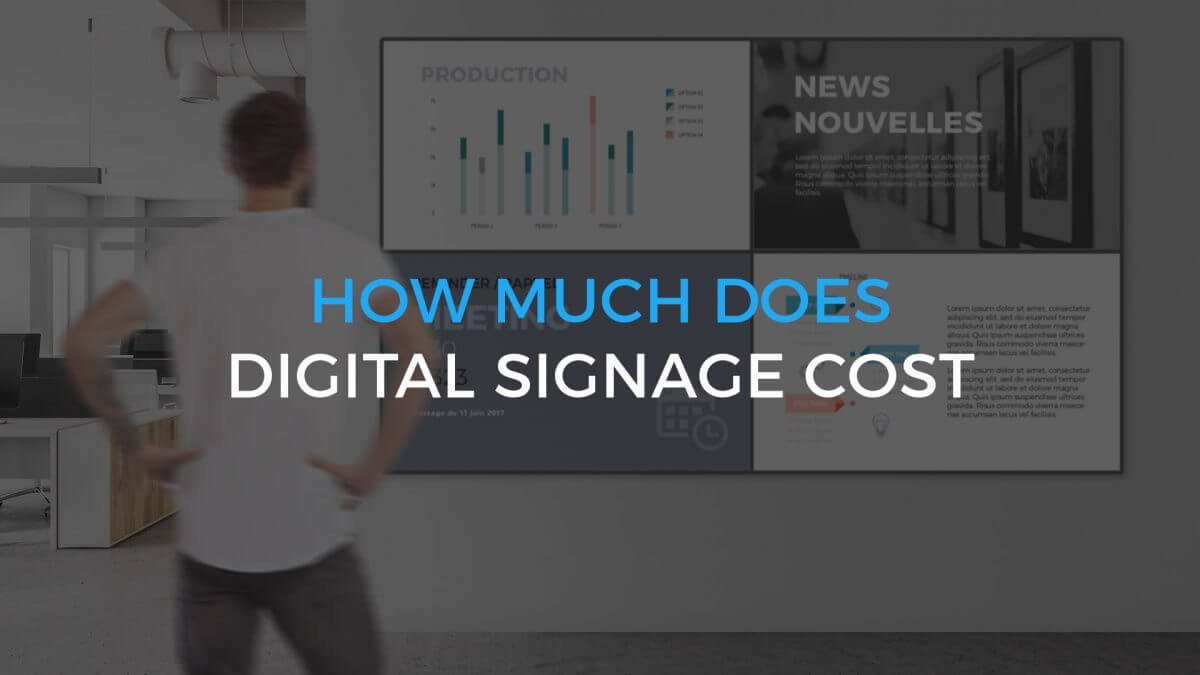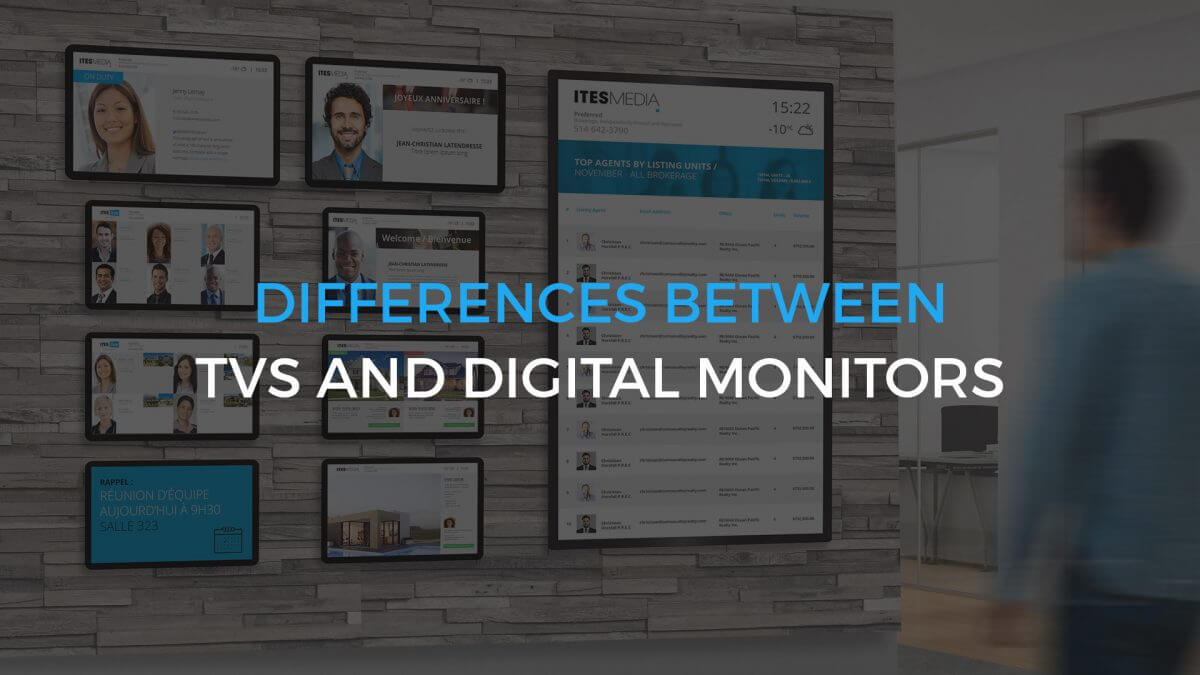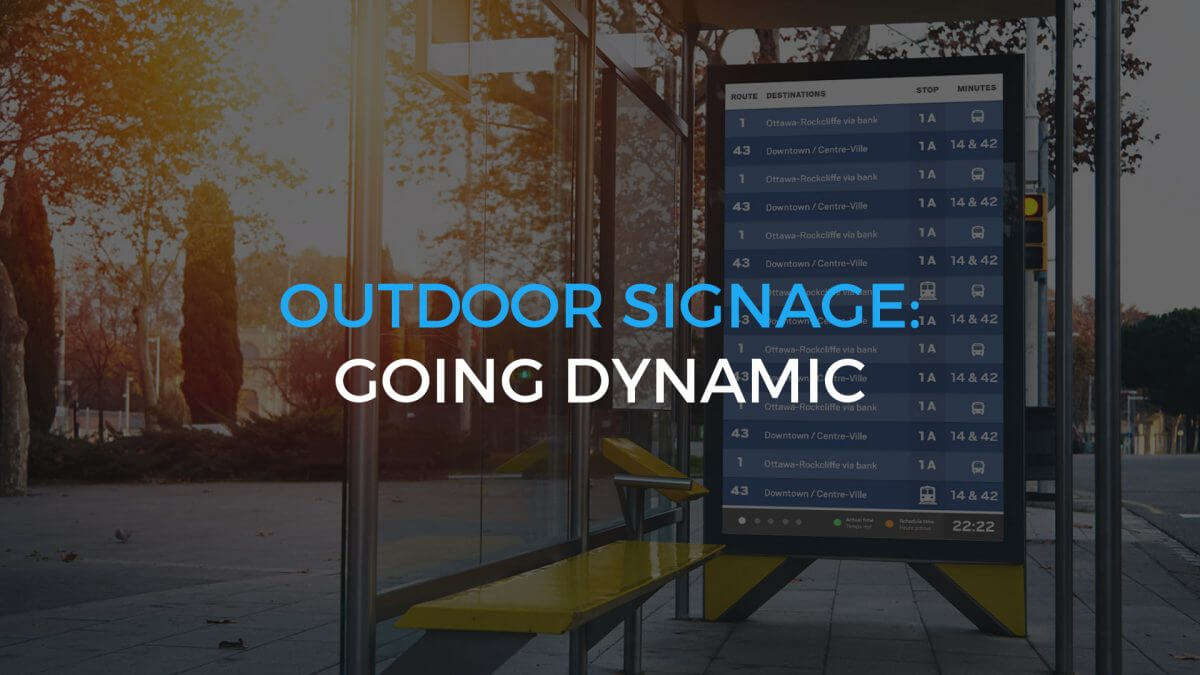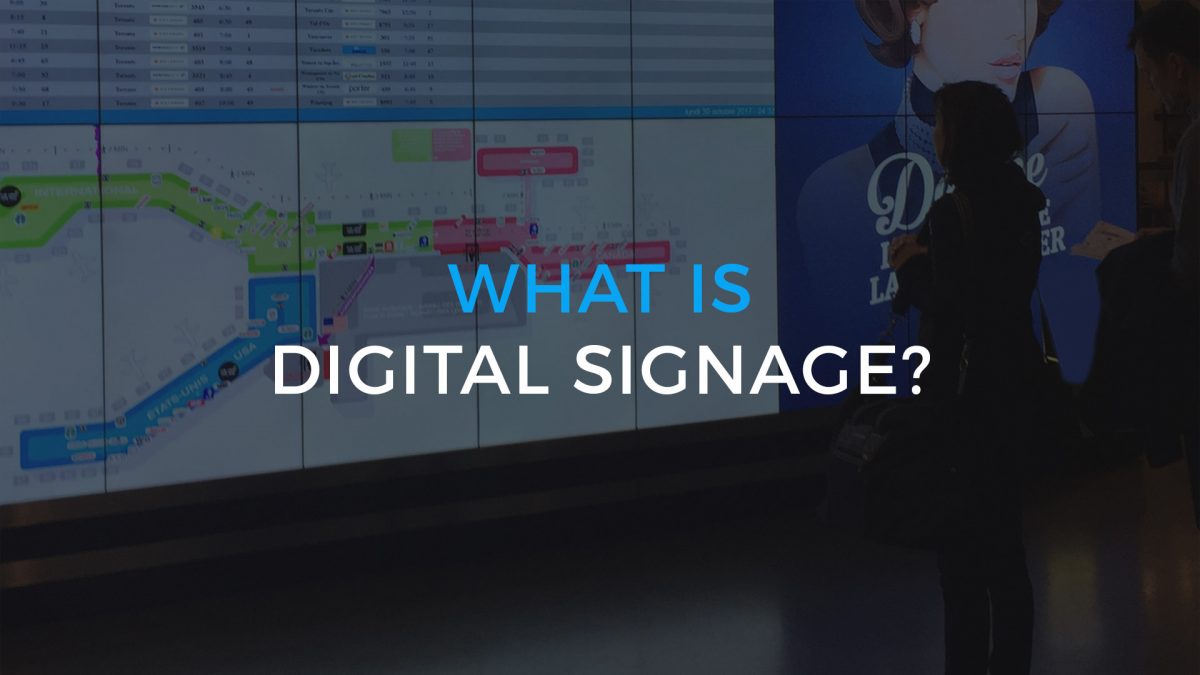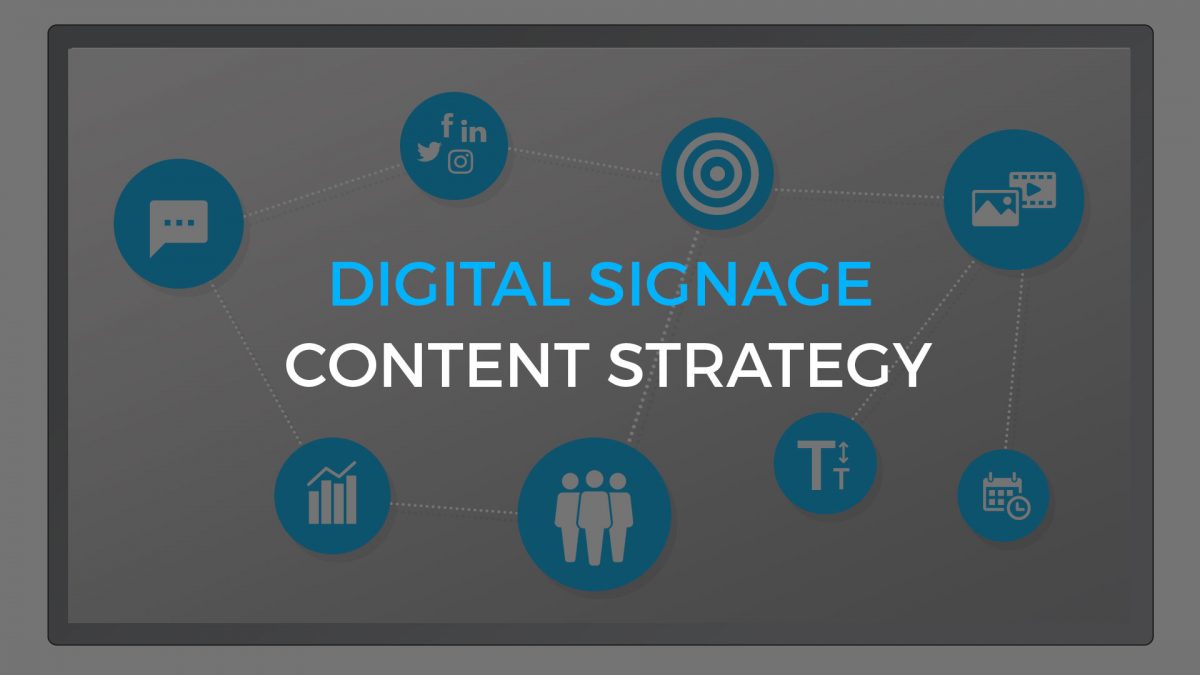We recently met with Nancy Lambert, Director of Tourism and Conventions at Saint-Hyacinthe Technopole, to discuss her experience and the value she’s seen for her business since implementing a digital signage strategy through ITESMEDIA. Here’s what she had to say:
What do you love most about your digital signage installation?
We love how easy it is to use. It’s quick and intuitive from the start. We rely heavily on it as a key component of our communication strategy.
What do you love most about the ITESLIVE software that powers your digital signage?
It’s dynamic and intuitive – actually its is really intuitive for both our staff and for our customers to use. It’s a positive experience for everyone.
How has the overall project been received by your staff?
Our staff love it. It has changed how we communicate with our customers. ITESLIVE can respond to all communication and information sharing needs in one solution, which provides a really positive experience for our customers.
What has changed in how you service customers since installing ITESLIVE?
Everything! We’ve been here for 27 years and we’ve never had the ability to communicate with this level of detail before our customers even speak with a staff member. It’s truly captured our audiences’ attention. Our visitors are very captivated by the digital screens and we see an increase in engagement of the community offers.
Are you using the software in different ways to service event hosts?
The software allows us to display targeted messages on different screens. Our team ensures we adjust our communication strategy effectively to maximize the use of the software and screen for the best results. With ITESLIVE we’re able to communicate with and service many audiences in many parts of our building, all from one dashboard in our office.
What have you been able to start doing now that you have digital signage installations?
Our installations have allowed us to adapt our strategy and communications on our various screens. We can change messaging based on the time of day, month, year and it’s all automated.
Possibilities are endless now! We can share everything we have for marketing, from videos to images to files, all via interactive kiosks and screens that promote the, attractions, hotels restaurants, shops and stores in our downtown and give exposure to everything our city offers in the congress centre and outside of the centre. This has improved foot traffic to our local businesses.
How likely are you to recommend ITESMEDIA to friends and colleagues?
Very likely. And not just because of the software. The team behind ITESMEDIA is always there for us. If we have questions, they quickly have answers. They’re always available to find solutions, offer suggestions on how to improve our use and execution of our digital signage strategy, and to show us different ways to use the software and installations to keep us on track to achieve our business goals. It truly is a partnership.
When making your buying decision – why did you choose ITESMEDIA?
The technology is excellent, but it is their understanding of our business goals and their drive to help us achieve success that made the decision for us. They’ve proven to be a true partner. The team quickly understood what we needed. The ITESMEDIA experts stepped in to make our project successful by listening to our needs and vision and guided us through the decision-making to ensure our communication plan and digital signage installations were the best they could be for our business objectives and our audience.
As you’re planning your digital signage strategy, consider the partnership you’ll have with your provider. Seek a digital signage partner that will support your objectives, assist you in executing on your strategy, and guide you along the way to ensure you’re achieving maximum success through your digital signage.
Learn how ITESMEDIA will partner with you to bring your digital signage vision to life.
